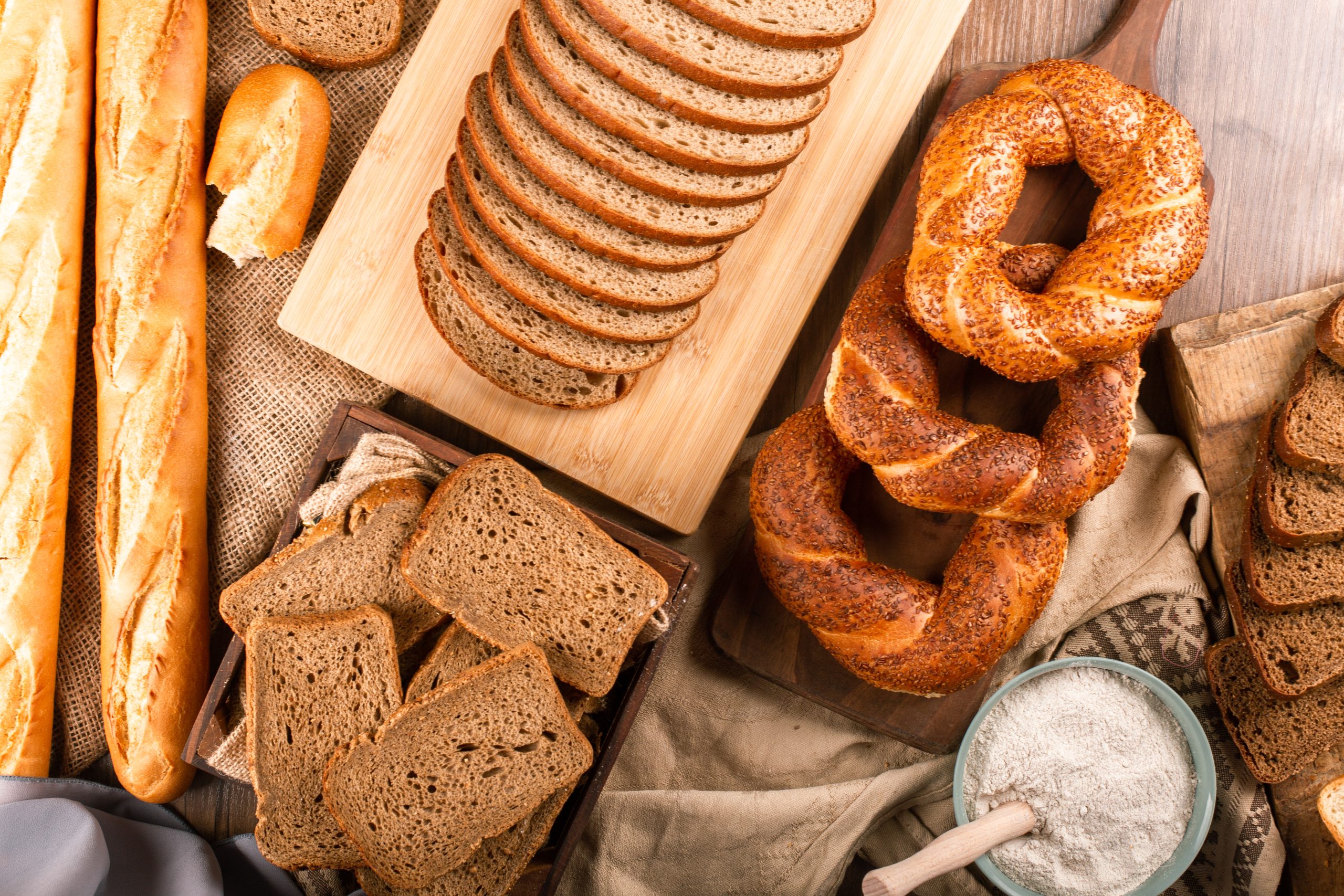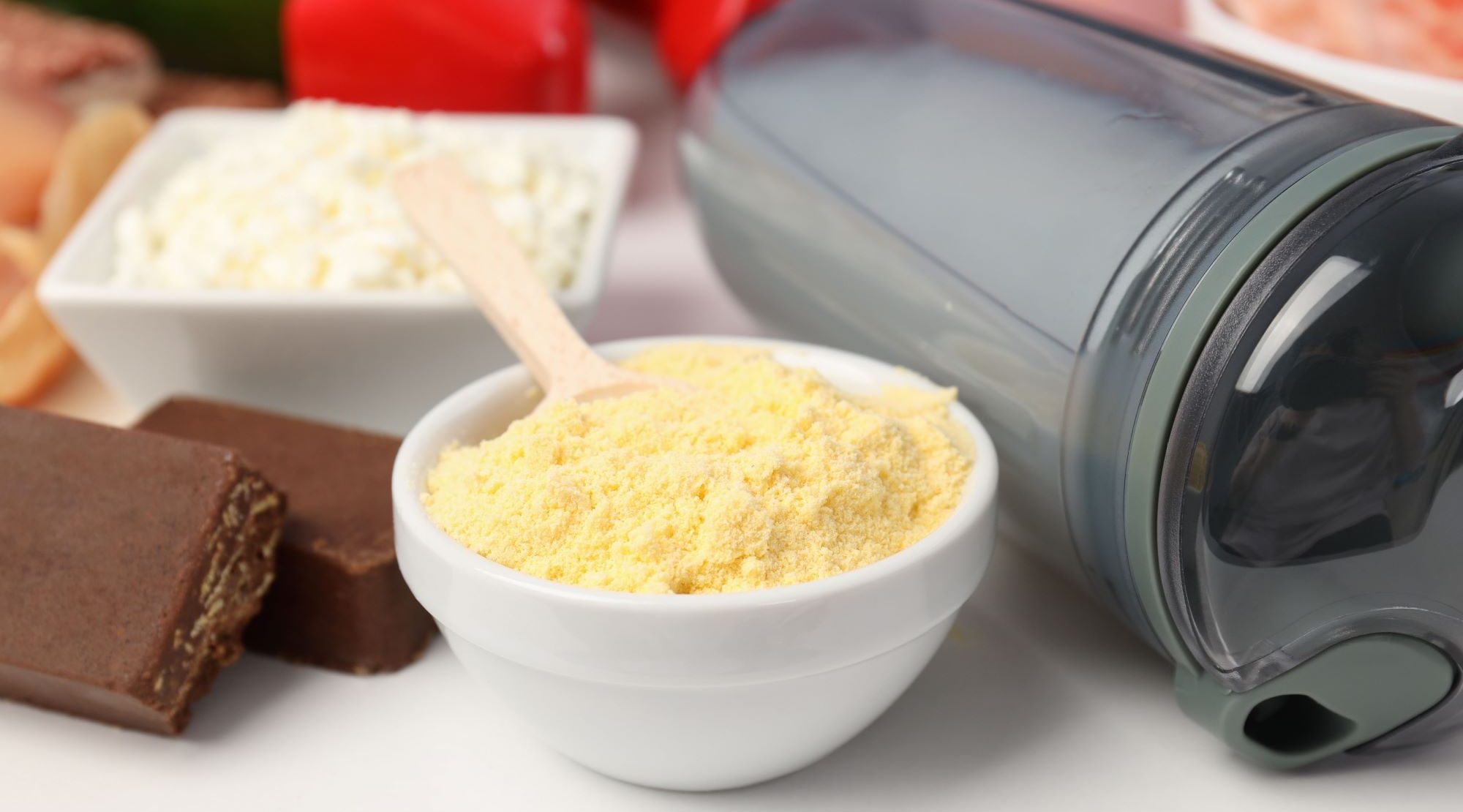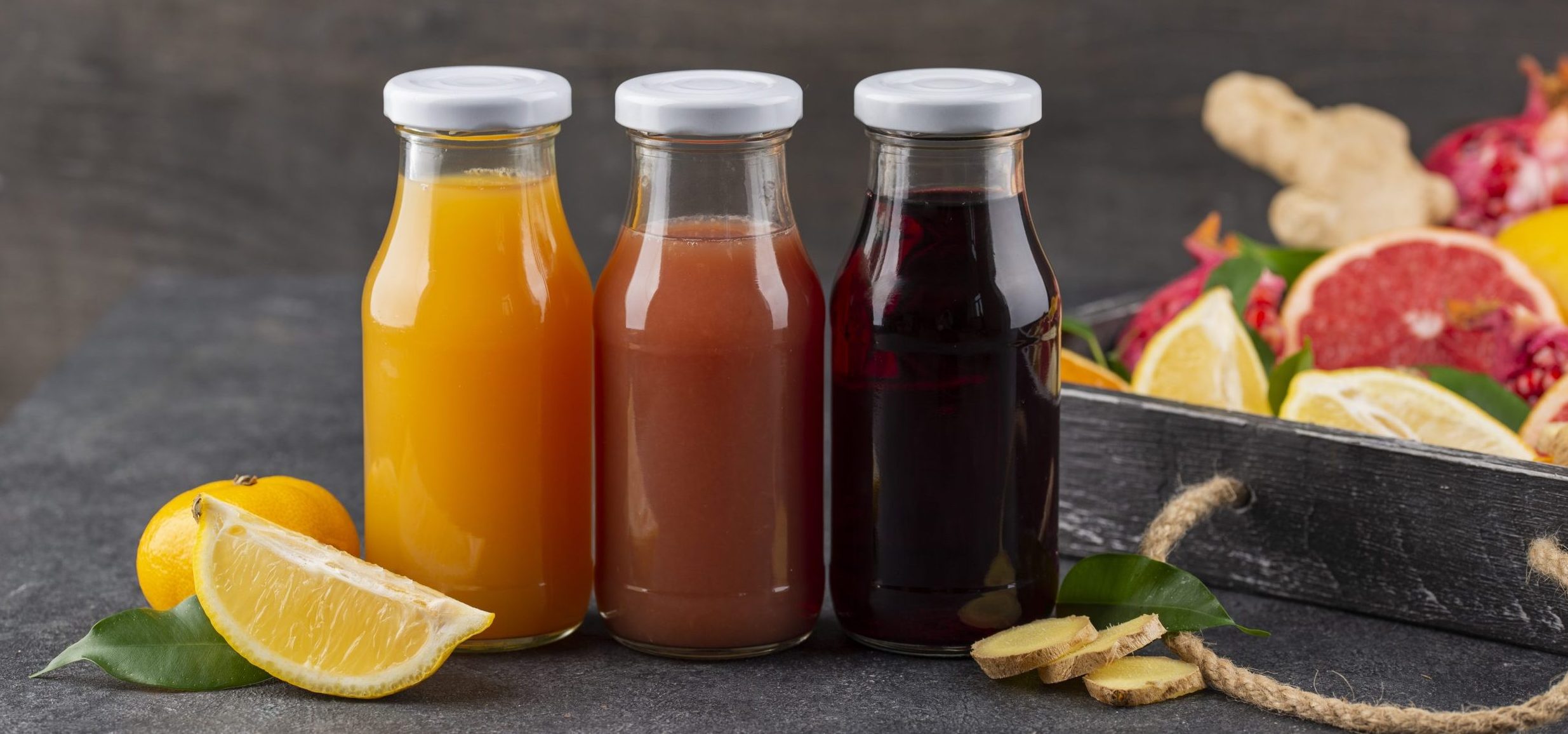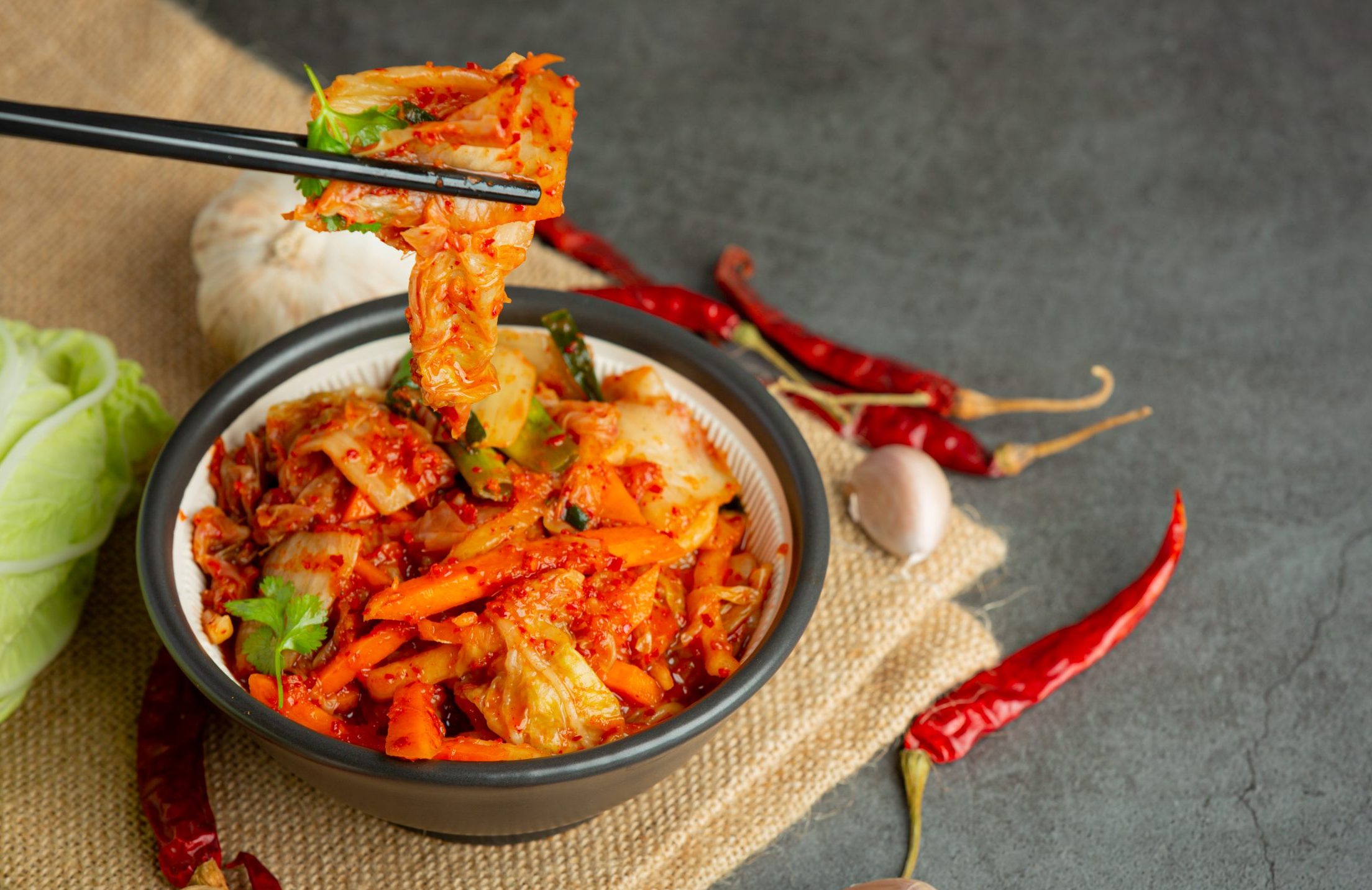What is Monk Fruit Extract?
Sugar is appealing as it was quickly metabolized and absorbed yet it provided “empty” calories lacking in minerals and vitamins. Thus, naturalness and sugar reduction has becoming the mega trend, making Monk fruit extract becoming the star ingredient of all-natural sweeteners.
Luo Han Guo fruit (the fruit of Siraitia grosvenorii Swingle) which is also known as Monk Fruit is a subtropical melon grown in Southeast Asian countries. Monk fruit extract is a natural sweetener where the glycosides are responsible for the sweet taste of this new darling of all natural, zero-calorie sweetener (Balachandran, 2018). The commercial monk fruit extract is in light yellow-brown powder which is readily soluble in water. It has been used whole or in dried powder form for many centuries in China as beverages and traditional medicines and becoming recognized for its potential use as an intense sweetener in later years (Food Standards Australia New Zealand, 2018).
The components of the monk fruit extract that impart the sweetness are collectively known as mogrosides which is the active ingredients that extracted from the dry fruit (Balachandran, 2018). The sweetness of monk fruit extract is reported to be 100 to 300 times sweeter than sugar depending on the structure of the mogrosides, the number of glucose units and the food matrix (FDA, 2018; Bajwa & Goraya, 2016). Mogrosides are important bioactive components of Siraitia grosvenorii fruit and are very sweet and low in calories. The sweetener is digested and absorbed with a yield of 1 calorie/gram. It is so sweet that only small amounts are needed to sweeten the foods, therefore contribute negligible calories (Boyle, 2015).
Incorporation of Monk Fruit Extract into different applications
Owing to the high sweetness and non-toxic characteristic, monk fruit extract can be incorporated into a wide range of applications including beverages, dairy products, bakery products, ice cream, frozen desserts, sweeteners, chocolate and fruit bowls. They can be also marketed to diabetics and others who want to cut down on sugar intake.
Monk fruit extract has been used as an intense sweetener in table top sweeteners and other ready-to-consume foods. Besides, it also performs well in baking with high temperature stability without unpleasant aftertaste (Food Standards Australia New Zealand, 2018).
Chocolate milk is one of the favorite choice of milk consumption among children however it is always comes with high sugar content. A study has been conducted to recognize the sweetness intensity perception of stevia leaf and monk fruit extract as well as to evaluate them as a sweetening agent in skim chocolate milk. It is concluded that chocolate milks sweetened with stevia leaf and monk fruit extract in combination with sucrose were acceptable by both young adults and children (Bajwa & Goraya, 2016). It is a great news for manufacturers as there is interest in sugar reduction and parents’ preference for natural sweeteners necessitates further research on natural non-nutritive sweeteners (Li et al., 2015).
Are monk fruit extract is safe to consume?
Monk fruit has received regulatory approval in Asia, the United States and some Latin American countries. It was granted GRAS (generally recognized as safe) status in 2010 where it received the US FDA food safety certification after clearing toxicology and food safety tests as well as have been approved for the use as food additives (FDA, 2018; Liu et al., 2018).
There is no ADI (Acceptance Daily Intake) has been set for monk fruit extract. However, there is an estimated daily intake of 6.8mg/kg of body weight (Boyle, 2015).
Up to date, there is no adverse effects on human health or development associated with monk fruit extract consumption has been reported in the populations. Additionally, there is no evidence from human studies that there are any adverse effects of monk fruit consumptions. There is no chronic toxicity nor carcinogenicity studies are available and monk fruit extract is not genotoxic and no lesions. (Food Standards Australia New Zealand, 2018).
You may find out more products in the market which sweetened with monk fruit extract at http://dpointernational.com/question/kindly-provide-market-examples-that-incorporated-monk-fruit-extract-in-different-applications/
References
Bajwa, U. & Goraya, R. K. (2016) The Sweetness Technology of Sugar Substituted Low-Calorie Beverages. Food & Nutrition Journal, G115, 1-8.
Balachandran, K. (2018). Natural sweeteners. Journal of Social Health and Diabetes, 6, 8 – 10. https://doi.org/10.1055/s-0038-1676183
Boyle, M. A. (2015). Personal Nutrition. Cengage Learning, 118.
FDA. (2018). Additional Information about High-Intensity Sweeteners Permitted for Use in Food in the United States. Retrieved from https://www.fda.gov/food/ingredientspackaginglabeling/foodadditivesingredients/ucm397725.htm#Luo_Han_Guo_fruit_extracts
Food Standards Australia New Zealand. (2018). Monk fruit extract as a food additive. Risk and Technical Assessment Report – Application A1129. Retrieved from http://www.foodstandards.gov.au/code/applications/Documents/A1129%20SD1.pdf
Ingredients Network. (2018). Monk fruit prepares for European approval. Retrieved from https://www.ingredientsnetwork.com/monk-fruit-prepares-for-european-approval-news071943.html
Li, X. E., Lopetcharat, K. & Drake, M. A. (2015). Parents’ and children’s acceptance of skim chocolate milks sweetened by monk fruit and stevia leaf extracts. J Food Sci, 80(5), S1083-92. https://doi.org/10.1111/1750-3841.12835
Liu, C., Dai, L., Liu, Y., Dou, D., Sun, Y. & Ma, L. (2018). Pharmacological activities of mogrosides. Future Medical Chemisry, 10(8), 845-50.
Perichart-Perera, O., Balas-Nakash, M., Rodriguez-Cano, A., Legorreta-Legorreta, J., Parra-Covarrubias, A. & Vadillo-Ortega, F. (2012). Low Glycemic Index Carbohydrates versus All Types of Carbohydrates for Treating Diabetes in Pregnancy: A Randomized Clinical Trial to Evaluate the Effect of Glycemic Control. International Journal of Endocrinology, 1-10. https://doi.org/10.1155/2012/296017







